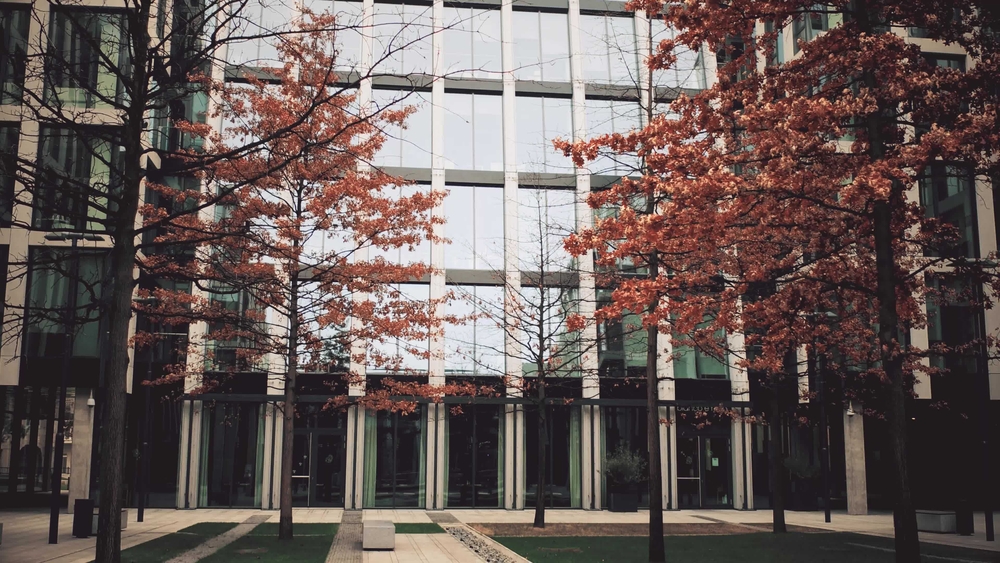
Environmental Review of Commercial Property: Searching for the Sins of the Past
As legal counsel for buyers, we are often asked whether the cost of some level of environmental review of the property being purchased is worth the time and expense. When wearing a different hat, that of representing a lender, the question is rarely whether it is worth it, but how far should the review go as the lender wants its loan costs to remain competitive with the rest of the market. Neither frugality nor a desire to undercut competitors should undermine the need and value of some level of review related to potential environmental risks associated with the property being acquired or taken as collateral.
At the most basic level, environmental investigations range from:
-
- No review at all or a limited review of just the site under consideration.
- General review based on information provided by the property owner in response to questions posed and some basic review of existing conditions on the site and some nearby uses, which may lead to a more detailed Phase 1 if concerning information is revealed or even called into question.
- Phase I –similar to an environmental review, but more in depth with an independent review by the environmental engineer into past use of the property, more detailed non-invasive inspection of the site, review of public records and permit files of the site and often adjoining sites (upstream at least), and responses to questions regarding current and past use.
- Phase II – selective additional testing when indicated by data or evidence gathered during a Phase I review.
While frugality with investigative expenses may be considered in some instances, giving short shrift to the environmental review can have long term repercussions for buyers and lenders alike. The first option, (no review at all), should never really be an option. Yet time and time again I am surprised when the decision is made, even on a vacant piece of land.
Consider this scenario: a parcel of land, undeveloped as far back as records have been kept, that is only 100 feet from a former dry-cleaning plant (which used Tetrachloroethylene, also known tetrachloroethene, or perchloroethylene when in operation) is torn down before the buyer/lender ever saw the property. A simple walk through of the site would show that the property was never developed and there are no existing commercial uses nearby. However, if the dry-cleaning chemicals leached into the soil, it could turn into a purchaser and lender’s worst nightmare. With no review, the buyer and lender are oblivious. “With a general review, a few questions often arise that lead to a Phase I. The Phase I research would likely then reveal the historical use of the adjoining property as a dry-cleaning plant and may lead to limited Phase II testing with potential monitoring wells, if there was no evidence of testing at the time of demolition.“
The concern lies not only with the actual conditions and remediation costs, but also the fact that strict liability exists for most environmental issues. In other words, if you are in the chain of title from when the event of contamination occurred through the present time, you will be liable for the costs of addressing the environmental conditions. You may very well have the right to pursue your seller or another predecessor in title back to the event that gave rise to the problem, but what if you can’t find them or if they are uncollectable. The buyer will then carry an undue burden of the cost of remediation, if not all of it.
As for the lender, its exposure may be a little more remote. However, the exposure is real if (i) it lends money on property, (ii) must then foreclose and (iii) take title after a foreclosure. It is then in the chain of title and likely the deepest pocket among all prior owners. As such, lenders are sensitive to the condition of their collateral when they make the loan, and require the borrower/buyer to covenant that it will not contaminate the property so the lender’s remedy of foreclosure and taking title does not subject it to undue risk.
When buying or lending, never skip a review of the property that at least considers the present and past uses of the property and the nearby sites. When the review is complete, read it thoroughly to determine how much further investigation, inclusive of potentially sampling soil and water, may be indicated. Once you buy the property and take title, the sins of the past (even if not yours) can, and will, come back to haunt you if you overlook this review.




No Comments
Sorry, the comment form is closed at this time.